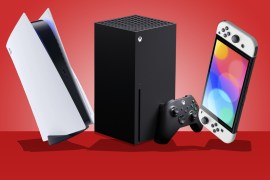Why 4K HDR is the best thing to happen to your living room since the sofa
Sony’s 4K BRAVIA TVs give you the kind of detail, colour and realism you usually only get with actual life
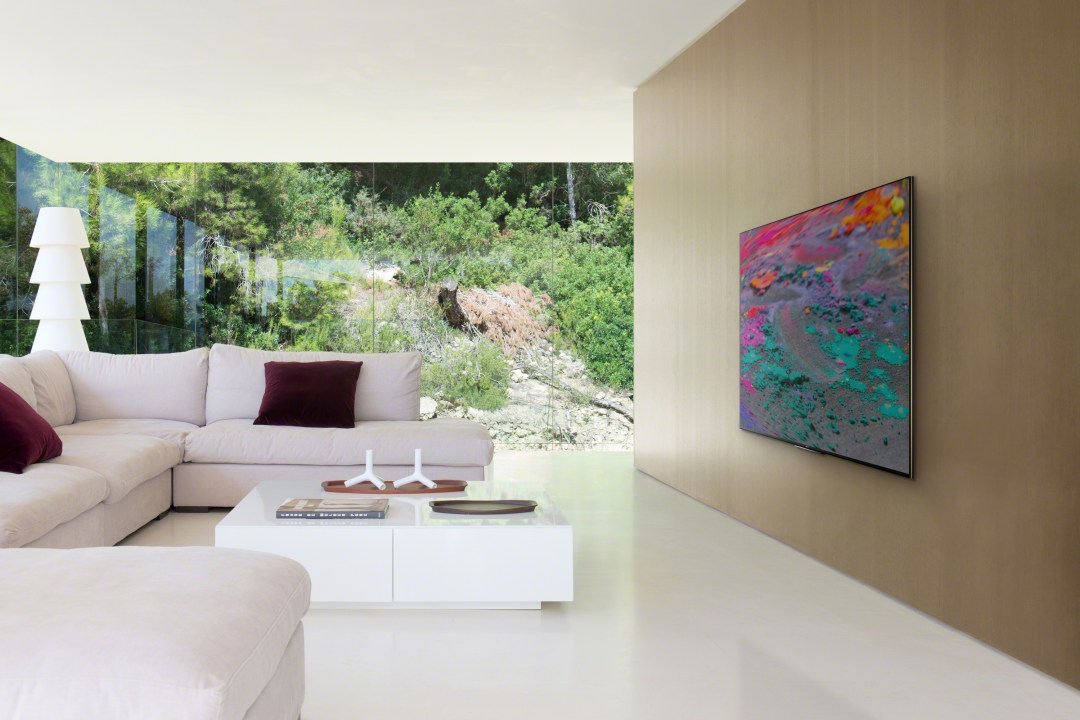
Some TV technologies are easy to get your head around. High-definition, for example: it’s the kind of improvement you saw years ago when you switched from VHS tapes to DVDs. An obvious, startling step up in quality.
Or 4K: the potential for four times the detail of HD. It’s the same kind of leap.
HDR is a bit different. You’ve probably been reading about it, but you still aren’t quite sure what it does. You might know it’s on Sony’s XD93 range of TVs. You know it’s supposed to be good, but you don’t know why… it’s got something to do with colour, hasn’t it? Or is it contrast? Should you fork out?
Here are your answers: yes, it’s good. Yes, it has something to do with contrast. And colour. And yes: fork out.
What’s HDR, then?
HDR stands for high dynamic range. Imagine the darkest blacks the TV can display, and the brightest whites. The area in between – divided into shades of grey – is the dynamic range. High dynamic range allows subtler variations in those tones than conventional displays – which means subtler detail in the picture, in terms of both contrast and colour.
Instead of adding more pixels for crisper images, HDR makes every pixel in the TV’s screen work harder.
The effect won’t grab you by the lapels and shake you around like HD or 4K did the first time you saw it – but it will give you a picture that appears incredibly lifelike, detailed and realistic.
Sony’s XD93 series of 4K televisions support HDR. That means you get all the detail that comes with having 8 million pixels on the screen, coupled with all the subtlety that comes with the TV’s ability to reproduce the light you see in the real world.
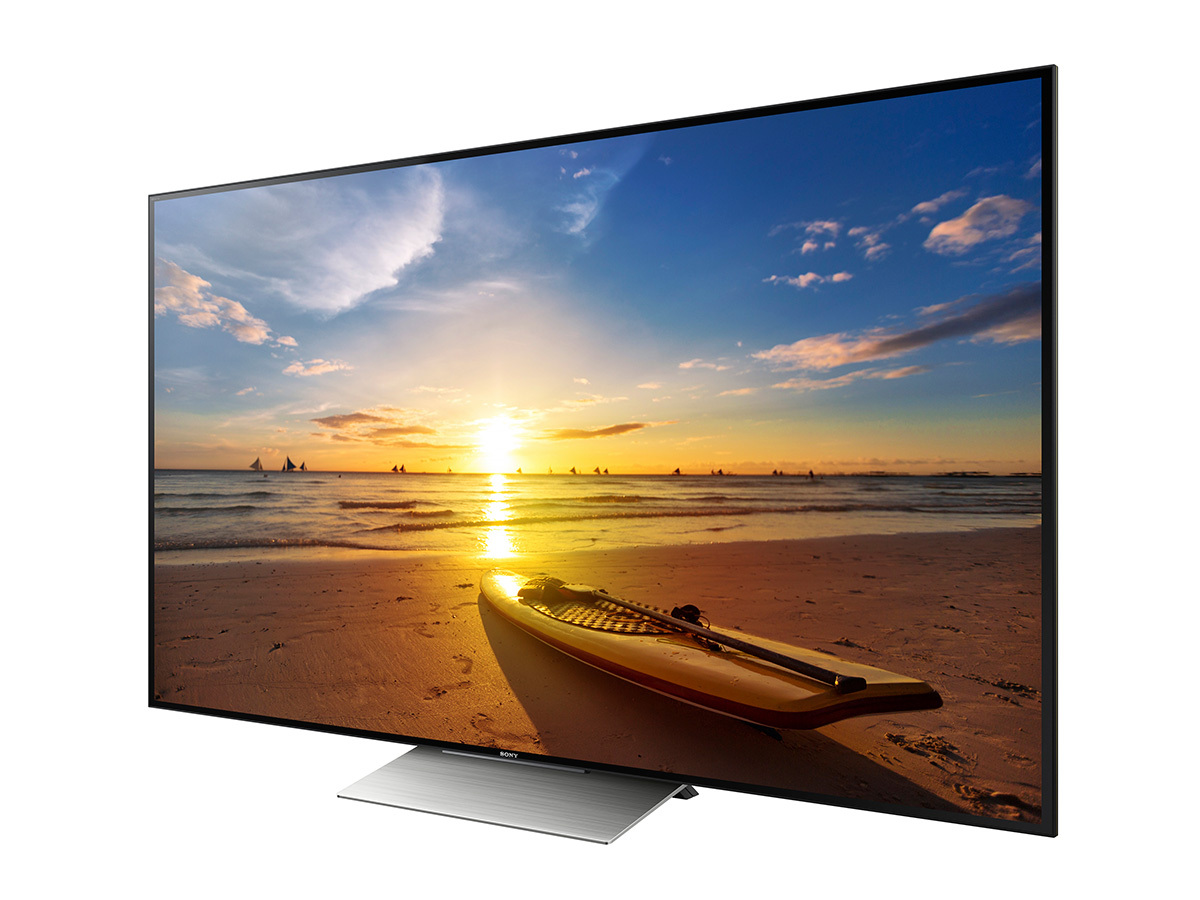
Its X-tended Dynamic Range PRO tech takes care of the shadows, bringing out fine detail in the darkest areas of the picture and subtle gradations in the bright white parts, while the Triluminos display shows a wider palette – for vivid yet realistic images. It’s all powered by 4K X-Reality PRO in the 4K Processor X1 chip.
It’s so well implemented, in fact, that the reviewers at What Hi-Fi? – people who are notoriously hard to impress – recently gave the Sony KD-55XD9305 the full five-star treatment, saying, “What impresses us about Sony’s interpretation of HDR is what we believe is most important: a broadened colour palette in terms of gradation that panders to the subtler hues, making skin tones appear more natural and even bolder colours more nuanced.
“When you hear the phrase ‘higher dynamic range’, you may be most likely to associate that with a broader scale of contrast, but Sony here proves it’s what’s in between that counts.” Need any more convincing? This should do it…
1 Contrast is ramped up
Darker darks and brighter whites. Good for your socks and T-shirts, good for your TV picture. The Sony XD93 series brings out the detail in shadows and highlights – which means a more realistic picture; one that reflects what you see when you look at the real world with your own eyes.
2 You get subtler detail
In between the lights and the darks, televisions divide tones into steps. Regular TVs can’t show as many of these steps as HDR-enabled displays, which means you might notice banding or artifacts in what should be smooth gradients. HDR tellies cram more information into these gradients – more steps – which means more smoothness. And that means more detail.
3 Even better colour
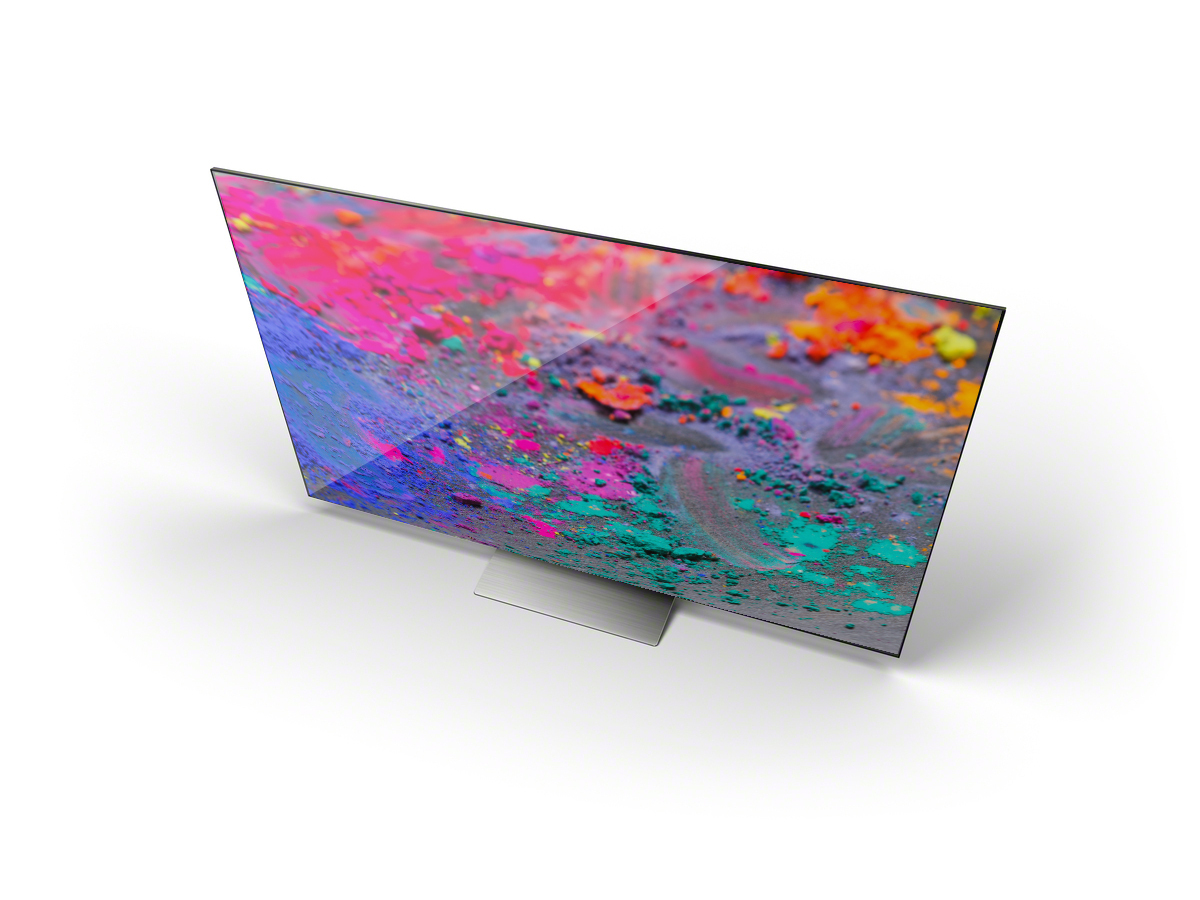
All that extra information isn’t just confined to blacks, whites and greys: it does stellar things for colour, too. So when you’re watching all the sport that’s on this summer, you won’t just be seeing a sea of green with some bright splashes of colour running around on it; there’ll be subtle variations in the grass, in the strips, and in the crowds. Just like you’d see if you were there.
4 It works with non-HDR stuff, too
The great thing about a TV like the Sony XD93 is that it’s future-proof. There’s already some HDR-encoded stuff to watch – check out Marco Polo and Daredevil on Netflix – but chances are most of what you have on will be old-school, non-HDR material. Don’t worry: the Sony can enhance conventional content to near-HDR-like quality. Even the news.
5 It’s easy to use, and versatile
With Android TV on board, using the Sony XD93 range should come as second nature. It’s intuitive, carries a royal flush of on-demand services; super-quick searching for content discovery (including voice-control); Google Cast for sending stuff to the TV from smartphones and tablets; thousands of apps and more.
6 It’s wafer-thin
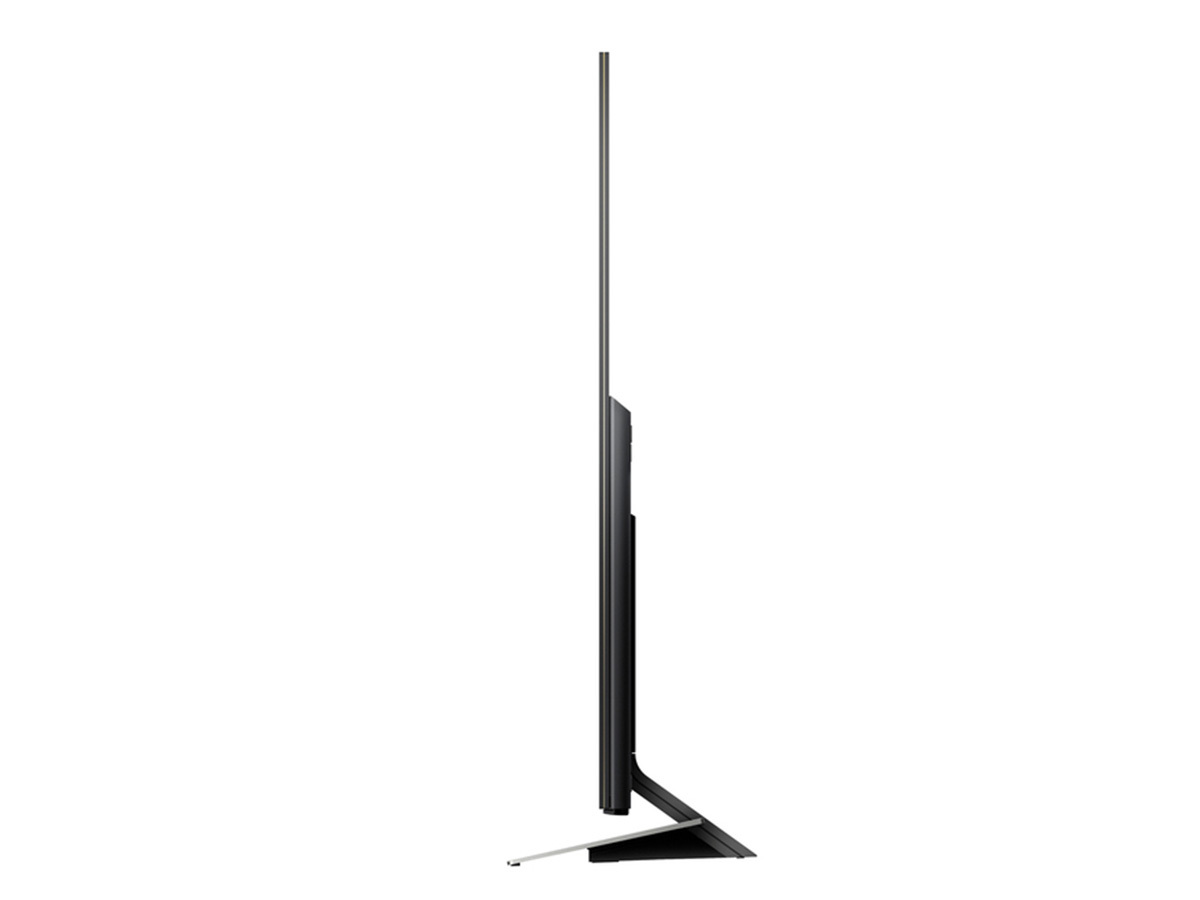
Despite all that tech on board, the XD93s are super-slim, thanks to Sony’s Slim Backlight Drive technology, which makes edge-lit LED TVs perform more like full-array models. You can hang it on your wall like a picture frame – making you feel truly immersed in the on-screen action. After all, you don’t want to be looking at vast expanses of bezel when all the action is taking place inside it, do you?
7 There’ll soon be much more to watch
As mentioned, Marco Polo and Daredevil are already out in HDR on Netflix, and rival streaming Amazon has Mozart in the Jungle – but that’s just the tip of the ‘berg. Both services will be going for HDR in a big way. Netflix has already said it’s going to be expanding its offering to include shows such as Jessica Jones, Bloodline, and A Series of Unfortunate Events, and that it reckons some existing films could also be remastered to take advantage of the tech.
8 HDR hardware’s all set to take off
We’re finally seeing the roll-out of 4K Blu-ray players – which means the roll-out of disc-based HDR, too. Anyone who’s compared a Blu-ray to its high-def streaming equivalent will know what kind of leap in quality you get there – especially when it comes to audio. So with enhanced contrast and colour, plus all that master-quality sound, you can expect your movie-watching experience to be even more vivid.


